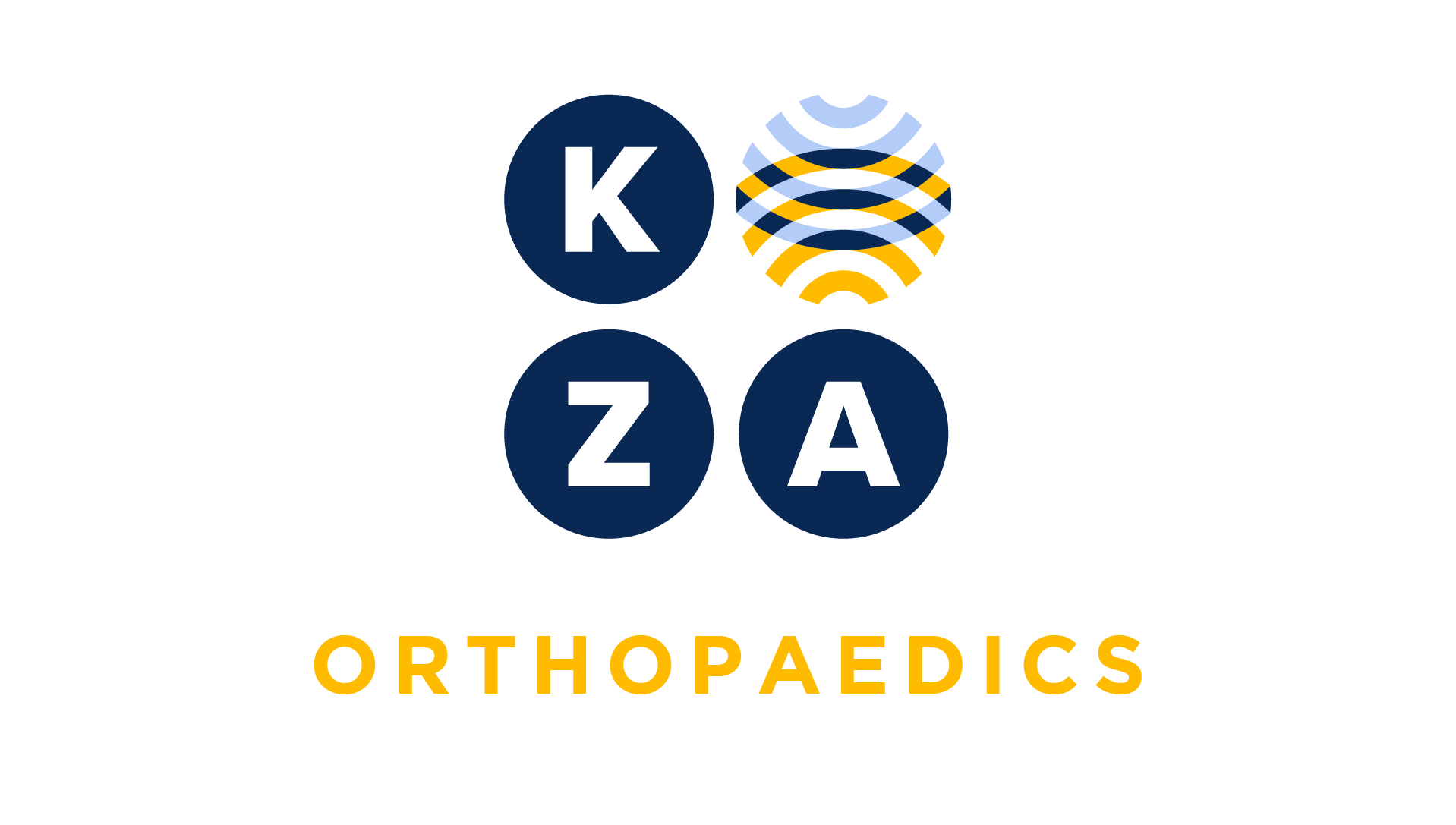
Choose your specialty from the list below to see how our experts have tackled a wide range of client questions.
Looking for something specific? Utilize our search feature by typing in a key word!
Failed Hardware Removal
Our surgeon attempted to remove deep hardware in the operating room but was unable after multiple attempts. No other surgical procedures were performed. Are we able to bill anything…
Question:
Our surgeon attempted to remove deep hardware in the operating room but was unable after multiple attempts. No other surgical procedures were performed. Are we able to bill anything for the attempted surgery?
Answer:
Yes, you may. Your scenario indicates “deep hardware” indicating CPT code 20680 (Removal of implant; deep (eg, buried wire, pin, screw, metal band, nail, rod or plate) is the correct code. Append modifier 52, reduced service modifier to CPT code 20680 to indicate the service was attempted but not achieved.
*This response is based on the best information available as of 07/22/21.
Open or Arthroscopic CPT Code
Our foot and ankle surgeon performed a right talar arthroscopic intraosseous bioplasty core decompression for an insufficiency fracture. We coded this with an unlisted procedure code,…
Question:
Our foot and ankle surgeon performed a right talar arthroscopic intraosseous bioplasty core decompression for an insufficiency fracture. We coded this with an unlisted procedure code, 29999.
Our hospital is instructing us that this is incorrect and we must report 28899, unlisted procedure foot or toes; they state this code is more specific.
Am I correct to stand my ground and report the unlisted arthroscopic code?
Answer:
Thank you for your inquiry. KZA recommends the unlisted arthroscopic code, 29999, as this is the most specific code for the approach/technique used. We understand that 28899 is more specific to anatomic location and would report this code if the procedure was performed either open or percutaneously.
*This response is based on the best information available as of 06/24/21.
Non-Manipulative Treatment of Finger Fractures: One Code or Four Codes?
Our physician diagnosed non-displaced middle phalangeal fractures on the right index, middle, ring, and little fingers on a high school student. The physician applied a short arm cast…
Question:
Our physician diagnosed non-displaced middle phalangeal fractures on the right index, middle, ring, and little fingers on a high school student. The physician applied a short arm cast as treatment and wants to report CPT code 26720 four times. I explained to the physician that she may only report this code one time as a single cast was applied. She does not agree with me. Am I correct?
Answer:
First, based on your description, CPT code 26720 (Closed treatment of phalangeal shaft fracture, proximal or middle phalanx, finger or thumb; without manipulation, each) is the correct code.
Both of you are correct depending on what rules are being applied.
CPT Rules:The scenario describes middle phalangeal fractures on four separate fingers; note the term “each” in the CPT code description. If you are following CPT rules, the physician is correct to report 26720 for each of the fingers; KZA recommends reporting each code with the appropriate finger modifier; alternatively you could report the code with four units (the finger modifiers represents more specific coding and reporting).
This is a high school student and most likely does not have Medicare coverage unless the student is on disability.
Medicare NCCI Rules:Medicare, via the National Correct Coding Initiative (NCCI) guidelines, instructs that multiple fractures in the same area treated with a single cast (example) may only be reported one time.
The following citation is found in Chapter IV (Musculoskeletal System) of the NCCI Policy Manual.
16. If a single cast, strapping, or splint treats multiple closed fractures without manipulation, only one closed fracture treatment without manipulation CPT code may be reported.
CPT code 26720 is reported one time for the management of the four individual fractures if your practice applies CMS NICC rules to all patients, or if the payor contract states that NCCI guidelines are used.
*This response is based on the best information available as of 06/10/21.
Bone Cyst Tibia and Fibula
Our surgeon documented an excision and curettage of a bone cyst from the tibia and the fibula near the ankle joint. I am looking at CPT code 27635 and wondering if this is the correct…
Question:
Our surgeon documented an excision and curettage of a bone cyst from the tibia and the fibula near the ankle joint. I am looking at CPT code 27635 and wondering if this is the correct code and if I report it once or twice.
Answer:
CPT code 27635 (Excision or curettage of bone cyst or benign tumor, tibia or fibula;) appears to be the correct code based on your inquiry. We are not able to confirm the actual CPT code without reviewing the operative note. The code descriptor reads “tibia or fibula”; this means the code is correct whether the bone cyst or benign tumor is on the tibia or the fibula (meaning there are not different codes for each location). While CPT says “or” meaning it could be reported more than one time, CMS has a MUE (mutually exclusive edit) in place limiting the code to one unit, citing a Date of Service (DOS) Clinical Edit (3) and based on CMS policy. This edit became effective January 1, 2021.
The following citation is extracted from CMS National Correct Coding InitiativePolicy Guidelines(page 38 1/28/2021):
“MUEs for HCPCS codes with an MAI of “3” are “per day edits based on clinical benchmarks.” MUEs assigned an MAI of “3” are based on criteria (e.g., nature of service, prescribing information) combined with data such that it would be possible but medically highly unlikely that higher values would represent correctly reported medically necessary services. If contractors have evidence (e.g., medical review) that UOS in excess of the MUE value were actually provided, were correctly coded and were medically necessary, the contractor may bypass the MUE for a HCPCS code with an MAI of “3” during claim processing, reopening, or redetermination, or in response to effectuation instructions from a reconsideration or higher level appeal.”
Additional information on MUE’s may be found in the above link.
*This response is based on the best information available as of 05/13/21.
Separate Procedure Billing
I am new to coding and have a Question:. I remember studying about “separate procedures” and have my first operative note that includes a code that has this in the code definition.
Question:
I am new to coding and have a Question:. I remember studying about “separate procedures” and have my first operative note that includes a code that has this in the code definition. The surgeon performed a diagnostic arthroscopy (CPT code 29870) and confirmed the meniscal tear prior to proceeding with the planned meniscectomy and chondroplasty.
Does this separate procedure mean we can bill it in addition the meniscectomy CPT code, or it is included?
Answer:
Thanks for your Question:. CPT code 29870 Arthroscopy, knee, diagnostic, with or without synovial biopsy (separate procedure) is as you say a ‘separate procedure’ designated code. In your scenario, this means that the diagnostic arthroscopy is inclusive to the meniscectomy performed on the same knee during the same operative session and is not separately reportable. If the surgeon had performed a left knee meniscectomy and a right knee diagnostic arthroscopy, both services would be reportable with RT and LT modifiers to differentiate them.
*This response is based on the best information available as of 04/29/21.
Medication Documentation
We are switching to a new EHR system. We have not always had great compliance with our providers documenting what we feel needs to be documented so we want to do it right. Are you able…
Question:
We are switching to a new EHR system. We have not always had great compliance with our providers documenting what we feel needs to be documented so we want to do it right. Are you able to advise what should be included in the medical record when the provider administers medications, for example intra-articularly?
Answer:
Thank you for your Question:. Like you, we find in audits that providers do not always include the basic information required to select and submit a HCPCS code for medications. In Orthopaedics, this is most commonly related to injections to tendons, nerves, joints to name a few anatomic locations.
Documentation should include the medication name, dosage (mg or mg/ml), the route of administration and location (e.g. flexor tendon sheath, tendon insertion site, left shoulder subacromial space). In Orthopaedics, for example, J3301 describes Triamcinolone Acetonide, 10 Mg/ml. Vials for this medication commonly are available in 40 mg/ml or 80 mg/ml vial concentrations. If the physician states that “2ml” was injected into the right knee joint, it is not known if 80 mg or 160 mg was injected without the concentration. The impact, other than recording the incorrect dose, may result in incorrect reporting of the J code. 1 milliliter of Triamcinolone 40 mg/ml is reported as J3301 x 4 units; 1 ml of Triamcinolone 80 mg/ml is reported as J3301 x 8. In the example of “2ml”, the variance would be J3301 x 8 versus J3301 x 16.
Also include documentation of patient tolerance or reactions to the medications and instructions for follow-up monitoring. Don’t forget to record include wastage of drugs as appropriate and instructed by the payor, using modifier JW.
*This response is based on the best information available as of 03/18/21.

